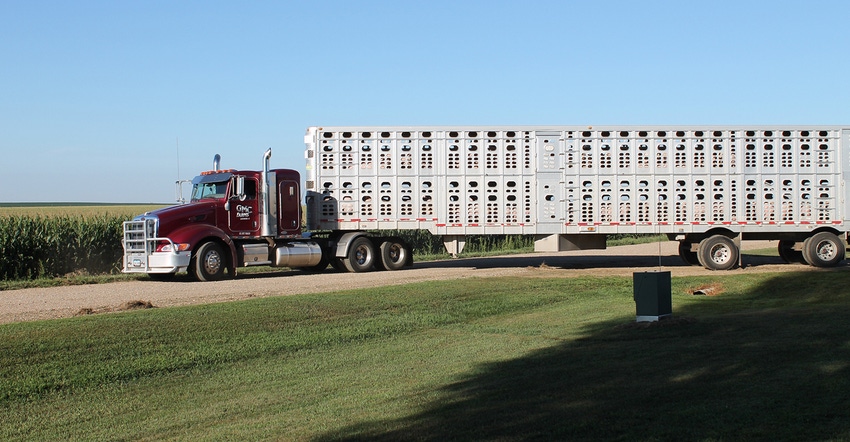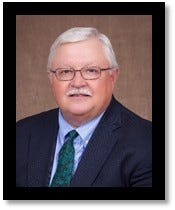Pork packing: Just what is capacity?
COVID-19 presents obstacles that may linger.
October 5, 2020

A fundamental challenge in determining the total capacity of the U.S. pork packing sector in 2020 is defining just what capacity is. My traditional question of "How many hogs can you harvest in a day if margins are good and hogs are plentiful?" simply doesn't address all of the constraints packers have faced in a COVID-19 world.
At the very least, the qualifier "if labor wasn't a constraint" was required this year. In some instances "if carbon dioxide availability wasn't a constraint" had to be added as well.
The first qualifier was necessary in just about every case. The second was more significant with sow slaughter plants where carbon dioxide is used to chill pre-rigor (i.e., hot-boned) product that is widely preferred for whole-hog sausage products. Among plants that reported enough labor to operate kill floors at optimal levels, many were short of labor on boning lines and in byproduct capture operations.
Packers were asked to provide capacity figures that fully incorporate any changes that have been made to accommodate COVID-19 prevention and control. Though these changes may not be permanent, they are in place today and will be so for the foreseeable future.
So, while this year's data represent a reasonable number of hogs that can be harvested by the physical facilities available, they overstate the actual number that can be harvested due to labor availability.
We invite you to take a look at the complete analysis of this year's pork packer capacity report.
About the Author(s)
You May Also Like





